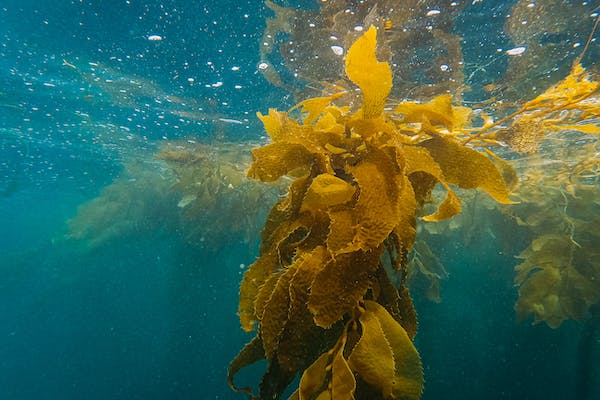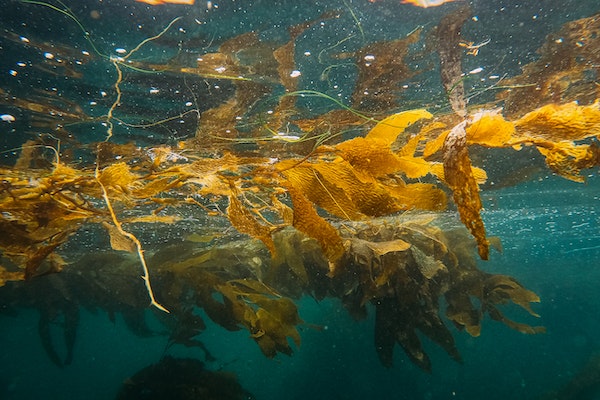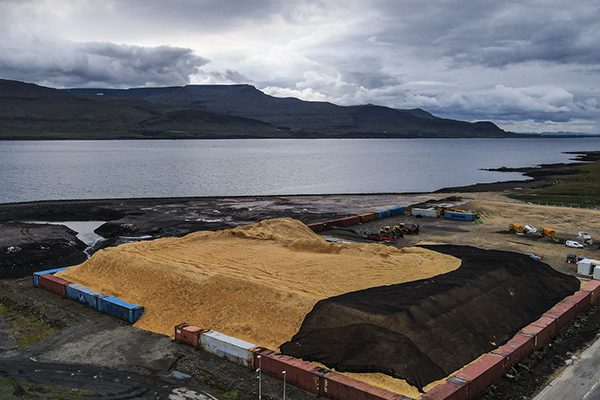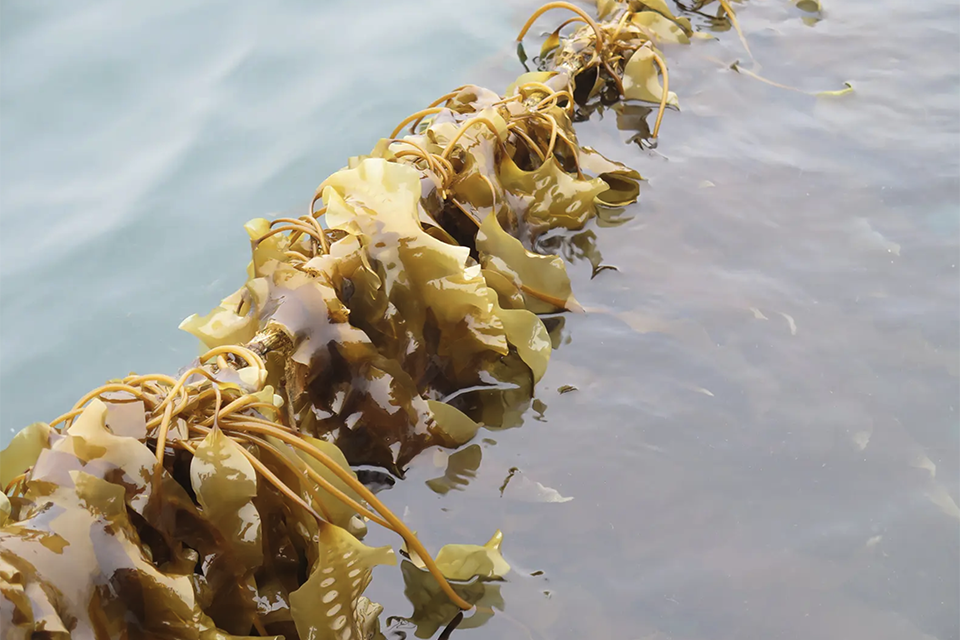New global research project leverages environmental DNA to better measure and understand the carbon sequestration potential of kelp

A new global research project is tapping into environmental DNA to investigate the carbon sequestration potential of kelp. The project, which is funded by Oceankind, is led by Aotearoa New Zealand’s Cawthron Institute and involves Sequench (NZ), Kelp Forest Foundation (Netherlands) and NatureMetrics (UK), could be “a significant step forward in ocean conservation and sustainability.”
“We are happy to support this strategic partnership to design and test molecular tools for species-specific carbon tracing,” said Elif Demir-Hilton, advisor at Oceankind. “The capacity to track the fate of kelp carbon can inform restoration and conservation efforts and fill an important gap in the toolkit for carbon sequestration.”
Seaweeds, in particular kelp, could be a significant source of the carbon sequestered in the ocean. However, kelp’s contribution to the carbon cycle has remained largely unknown due to a lack of tools to measure it, said Dr. Xavier Pochon, project leader at the Cawthron Institute.
“We’ve assembled a project team with the expertise to unlock this important information,” said Pochon. “Our challenge is to quantify the kelp-derived carbon in marine sediments which would revolutionize our comprehension of the role kelp forests’ are playing in the global carbon cycle and their potential for climate change mitigation.”
Traditional methods of measuring kelp-derived carbon in marine sediments, such as stable isotope, pigments and lipid analysis, have been limited in their ability to accurately detect and identify kelp-derived carbon in marine sediments. This project’s approach leverages the power of environmental DNA, which involves the extraction of genetic material directly from environmental samples without any obvious signs of biological source material.
“If this project demonstrates that eDNA is a reliable and traceable marker for tracking giant kelp-derived carbon, it will allow for a more accurate assessment of carbon sequestration potential in kelp forests,” said Pochon. “Successfully identifying and quantifying giant kelp DNA in sediment samples will establish a direct link between source and sink habitats, informing conservation and blue carbon initiatives.”
Follow the Advocate @GSA_Advocate
Now that you've reached the end of the article ...
… please consider supporting GSA’s mission to advance responsible seafood practices through education, advocacy and third-party assurances. The Advocate aims to document the evolution of responsible seafood practices and share the expansive knowledge of our vast network of contributors.
By becoming a Global Seafood Alliance member, you’re ensuring that all of the pre-competitive work we do through member benefits, resources and events can continue. Individual membership costs just $50 a year.
Not a GSA member? Join us.
Author
-
Responsible Seafood Advocate
[103,114,111,46,100,111,111,102,97,101,115,108,97,98,111,108,103,64,114,111,116,105,100,101]
Tagged With
Related Posts

Responsibility
Study: Large-scale seaweed farming for carbon capture ‘may not be feasible’
A new study raises concerns about the feasibility of global seaweed farming as a potential large-scale carbon capture solution.

Innovation & Investment
This Maine company thinks kelp buoys and oyster farming can save the ocean through carbon capture and sequestration
Maine-based Running Tide uses carbon-capture and oyster farming techniques – using both low and high technology – to restore ocean health.

Responsibility
Running Tide completes ‘first ever’ carbon removal credits in the open ocean
U.S. climate start-up Running Tide has delivered the first-ever carbon removal credits from an open ocean project, funded by Shopify.

Responsibility
Can kelp farming fix the planet? Experts weigh in on promises and pitfalls
How can kelp farming help solve global challenges? A panel of seaweed experts discussed promises, pitfalls and knowledge gaps.



